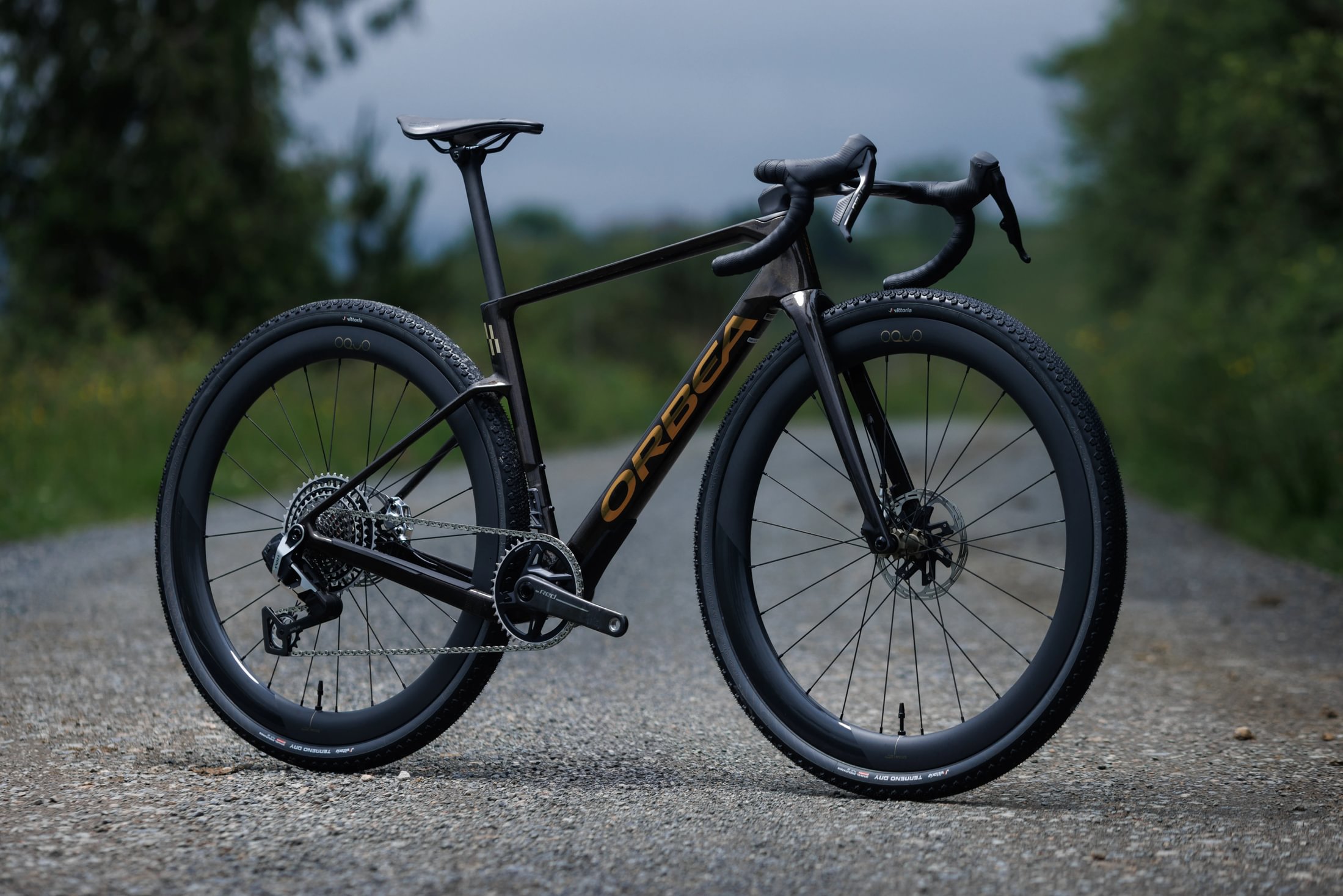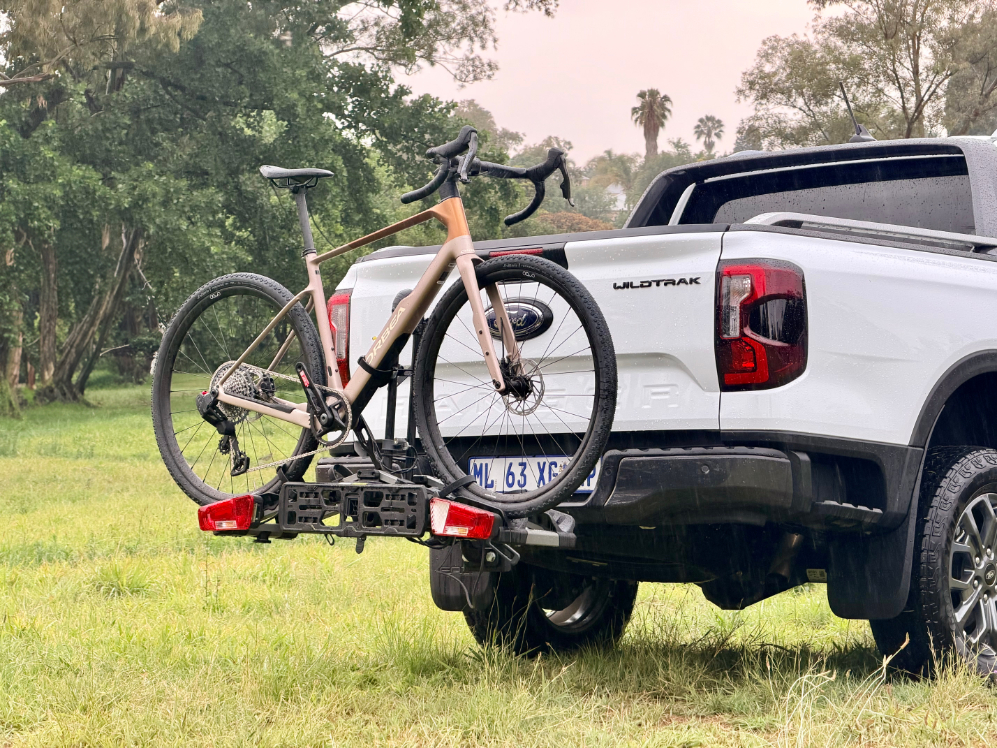How to Choose the Right Pedal System
Pedals are the link between your legs and the bike — choose wisely and your ride becomes more efficient, safer and a lot more fun. This guide covers flats, toe-clips, hybrid and clipless systems, with an in-depth look at clipless for Road, MTB and Gravel riding.
Quick overview: Pedal types at a glance
| Type | Best for | One-line summary |
|---|---|---|
| Platform (flat) | Beginners, downhill, commuters | Immediate, shoe-agnostic grip and freedom to bail. |
| Toe clips (cage) | Commuters, touring | Classic strap system that adds control without special shoes. |
| Hybrid (flip) | Commuters, bikepackers | Flat one side, clip-in the other — maximum versatility. |
| Clipless | Road, MTB, Gravel, racers | Cleats lock to pedals for superior power transfer and control. |
Why clipless pedals deserve attention
Clipless pedals are the industry standard for performance riding because they increase pedalling efficiency, keep feet in the optimal position, and improve bike control — especially on technical climbs, sprints and long efforts. That makes clipless the most important category for us to explain in depth.
Power-meter pedal options (e.g., Garmin Rally) add precise watts-per-leg data without swapping cranksets — a key upgrade for riders who train with power. If you want a single upgrade that affects training, power pedals are worth serious consideration.
Clipless systems — the nitty-gritty (MTB, Road, Gravel)
Core differences
Road clipless systems (3-bolt) focus on a wide platform and stiff interface to maximise power. MTB-style systems (2-bolt SPDs and similar) are smaller, dual-sided, and designed to shed mud and be walkable. Gravel sits between — sometimes preferring MTB-style SPDs, sometimes choosing gravel-specific 2-bolt platforms with wider support depending on terrain and rider preference.
MTB-style (2-bolt: SPD & alternatives)
MTB-style systems like Shimano SPD and Time ATAC are dual-sided (easy to clip in), shed mud well, and use low-profile cleats that let you walk more easily. That makes them a natural choice when routes include hike-a-bike sections or frequent dismounts. Newer SPD cleat updates (e.g., Shimano MT001) make re-engagement easier for toe-first entry.
Road (3-bolt: wide platform)
Road systems (Look, Shimano SPD-SL, Speedplay/Wahoo) prioritise a large contact area and minimal float for maximum stiffness — great for sustained power, time trials and sprints. They’re less practical off-road because cleats are larger and harder to walk on, and pedals more easily clog with grit.
Gravel — the real question: SPD or gravel-specific?
Gravel riding covers a wide spectrum: smooth dirt roads, washboard, technical singletrack, and bikepacking. That means there’s no single “best” pedal — but trends and tests point to two sensible approaches:
- Most versatile choice: Dual-sided SPD (or compatible 2-bolt systems) — forgiving, walkable, reliable in mud and debris. Many testers call SPD the go-to for gravel.
- Gravel-specific 2-bolt platforms: Pedals like Look X-Track or Shimano GRX-branded dual-sided designs give a slightly wider platform and lower stack height aimed at gravel stability — a great option if you want a bit more comfort and support while keeping off-road capability.
Rule of thumb: If your gravel rides include singletrack, hike-a-bike or long walks, favour SPD/2-bolt. If you mostly ride fast smooth gravel and want more pedal surface, consider a gravel-specific 2-bolt or wider binding.
Clipless decision table — which one tells your story?
| Rider & terrain | Recommended clipless style | Short reason |
|---|---|---|
| Road racer / TT | Road 3-bolt (Look / SPD-SL / Speedplay) | Max stiffness & contact for watts and sprints |
| Cross-country / enduro MTB | SPD / ATAC (2-bolt) | Dual-sided entry, mud clearance, walkability |
| Gravel — mixed & technical | SPD / gravel 2-bolt | Durable, easier to walk in, stable platform |
| Gravel — fast & smooth | Gravel-specific 2-bolt / robust road-style | More pedal surface with off-road design |
Practical fit & setup tips (what we do in-store)
- Float & cleat choice: Road cleats often have fixed float or low float; MTB/2-bolt cleats have more forgiving engagement — pick float based on knee comfort.
- Tension: Start with low release tension until you’re comfortable clipping in/out — increase for racing or high-power efforts.
- Stack height & shoe choice: Lower stack height improves stability; gravel shoes with a firm sole and recessed cleat are an excellent match for mixed surfaces.
- Power pedals: Want power data without swapping cranks? Power-measure pedals (Garmin Rally, Favero Assioma MX, etc.) are plug-and-play options for road, gravel and MTB depending on model.
Brand snapshot — what each does well (one-liners)
| Brand | Best for | Why |
|---|---|---|
| Shimano | MTB / Gravel / Road | Range, reliability, wide parts/support |
| Look | Road & gravel 2-bolt | Road power transfer, gravel-ready X-Track models |
| Time | MTB & Gravel | Natural float and mud clearance |
| Speedplay (Wahoo) | Road performance | Dual-entry, low stack & micro-adjustable float |
Practical buying checklist
- Pick pedal family based on terrain (use the decision table above).
- Decide if you want a power meter built into the pedals.
- Choose shoes that match the cleat system (2-bolt or 3-bolt).
- Book an in-store fit if you’re unsure — we set cleat position and tension for you.











No comments yet. Be the first to comment!